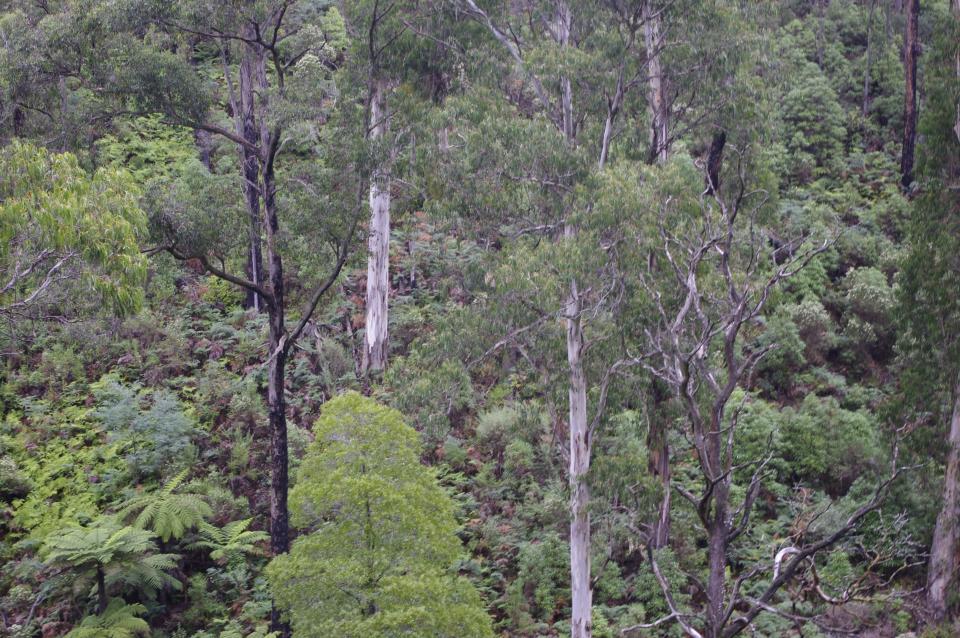
PUBLICATIONS
Published works

A comparison of terrestrial and UAS sensors for measuring fuel hazard in a dry sclerophyll forest
| Title | A comparison of terrestrial and UAS sensors for measuring fuel hazard in a dry sclerophyll forest |
| Publication Type | Journal Article |
| Year of Publication | 2020 |
| Authors | Hillman, S, Wallace, L, Lucieer, A, Reinke, K, Turner, D, Jones, S |
| Journal | International Journal of Applied Earth Observation and Geoinformation |
| Volume | 95 |
| Date Published | 11/2020 |
| Abstract | In recent years, Unoccupied Aircraft Systems (UAS) have been used to capture information on forest structure in unprecedented detail. Pioneering studies in this field have shown that high spatial resolution images and Light Detecting And Ranging (LiDAR) data captured from these platforms provide detailed information describing the dominant tree elements of canopy cover and biomass. However, to date, few studies have investigated the arrangement of vegetation elements that contribute directly to fire propagation in UAS LiDAR point clouds; that is the surface, near-surface, elevated and intermediate-canopy vegetation. This paper begins to address this gap in the literature by exploring the use of image-based and LiDAR 3D representations collected using UAS platforms, for describing forest structure properties. Airborne and terrestrial 3D datasets were captured in a dry sclerophyll forest in south-eastern Australia. Results indicate that UAS LiDAR point clouds contain information that can describe fuel properties in all strata. Similar estimates of canopy cover (TLS: 68.27% and UAS LiDAR: 64.20%) and sub-canopy cover (Elevated cover TLS: 44.94%, UAS LiDAR: 32.27%, combined surface and near-surface cover TLS: 96.10% UAS LiDAR: 93.56%) to TLS were achieved using this technology. It was also shown that the UAS SfM photogrammetric technique significantly under performed in the representation of the canopy and below canopy structure (canopy cover - 20.31%, elevated cover 10.09%). This caused errors to be propagated in the estimate of heights in the elevated fuel layer (TLS: 0.51 m, UAS LiDAR: 0.34 m, UAS SfM: 0.15 m). A method for classifying fuel hazard layers is also presented which identifies vegetation connectivity. These results indicate that information describing the below canopy vertical structure is present within the UAS LiDAR point clouds and can be exploited through this novel classification approach for fire hazard assessment. For fire prone countries, this type of information can provide important insight into forest fuels and the potential fire behaviour and impact of fire under different scenarios. |
Published Works


